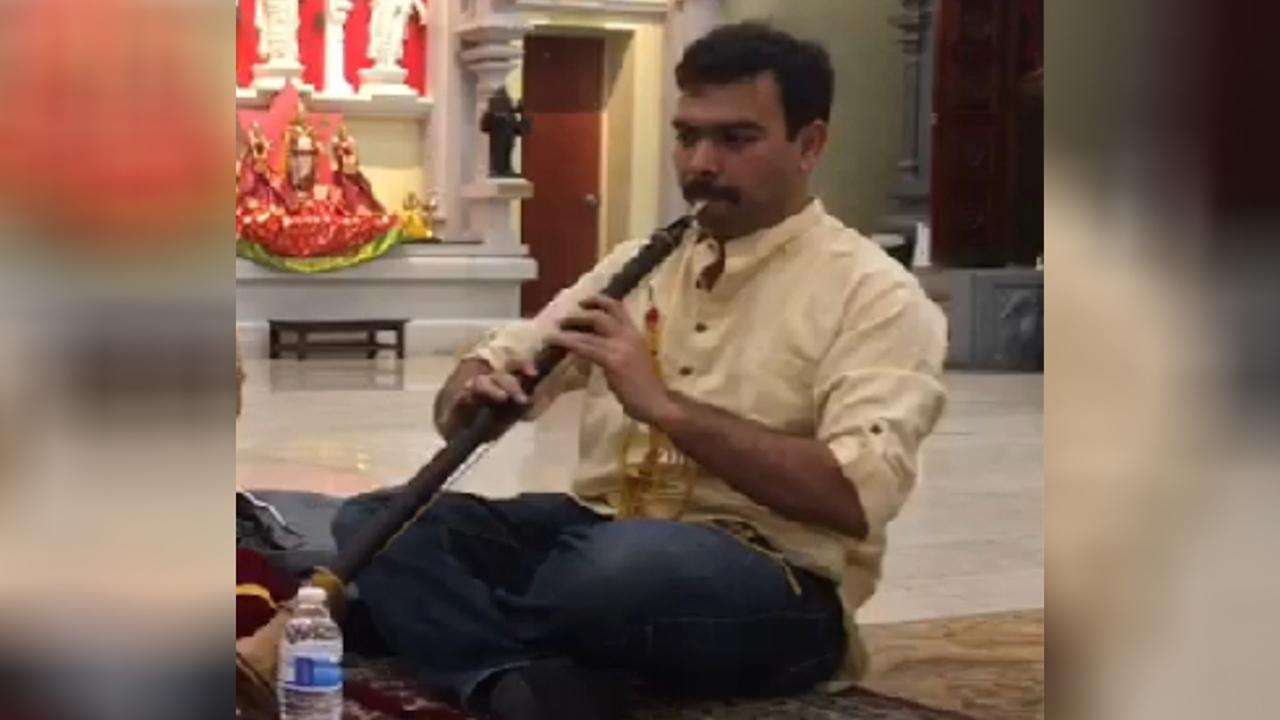festivals and celebration while they are passed on from generation to generation. As social and cultural taste changes,

Vijay Kumar Muthuswamy
Tamil traditional music in its actual form has undergone remarkable changes since very early times, so are its corresponding performing art forms. The Sangam era alone has seen more than 30 different types of percussion instruments and 40 dance styles but today we could only name a few of them. Musicologist and Folklore experts are worried that this generation has recognized only a handful of music and dance styles when they are performed during various occasions. One can point out many reasons for this mass extinction but most distinctive would be globalization, which poses significant challenges to the survival of traditional forms.
ADVERTISEMENT
Its whole new gamut of industry which calls for preservation such as performing art tools, clothing, jewelry, props and finally musical instruments. Many of these objects are created for festivals and celebration while they are passed on from generation to generation. As social and cultural taste changes, festivals celebrations that once required elaborate performances have become more austere, resulting in fewer opportunities for artists to express themselves. Young people born in these communities may find the sometimes
lengthy apprenticeship necessary to learn a musical instrument or performing art form are forced to seek work in factories or service industries where the work is less exacting and the pay is often better. Many art traditions involve ‘trade secrets’ that should not be taught to outsiders but if family members or community members are not interested in learning it, the knowledge may disappear because sharing it with strangers violates tradition.
This is where the Kombu Performing Arts and Research center based in Washington DC plays a major role by archiving the skills and knowledge of artisans. This group was started by vibrant duo Vijay Kumar Muthuswamy (Vijay) and Sivasankar Subramanian (Siva) who are performing artists themselves for Thavil and Nadaswaram respectively. So far they have collected many musical instruments such as Pambai, Urumi, Chendai, Thiruchinnam, Kombu, Udukkai, Thamukku, Chinnamelam, Periyamelam, Parai, Thavil and Nadaswaram. Along with the musical instruments their work also involves getting costumes and props
for performing arts such as Poikkal kuthirai dance (false leg horse), Kavadi, Karagam, Mayilattam, Oyilattam, Puliyattam and the list goes on. These folk dances are performed by people to express their exhilaration on every possible event or occasion, such as the arrival of seasons, the birth of a child, weddings, festivals, etc. Within the US, the Kombu team interacts with various Tamil cultural organizations and encourages them to buy these artifacts from artisans directly so that they can continue to produce craft and pass their skills and knowledge onto others. According to Siva. Creating awareness among the south Indian diaspora would be the first and significant step towards resurrection of these art forms. He is very convinced that his team has achieved that goal until pre-covid. During this period they have toured all over the US, every weekend, to carnivals, local gala’s and various other cultural events. Similarly this team’s performance has won multiple accolades in International Tamil conference held at Chicago and Periyar International Conference held at Washington DC. As per Siva, this team is first of its kind in the US where volunteers from diverse career backgrounds join to gather for a noble cause and Kombu provides such a platform for everyone to achieve this common goal of folk art preservation.
As if it wasn’t hard enough to preserve these art forms, COVID-19 had a devastating impact both for the Kombu team and Tamil folk art community in India. Individuals who’ve strived to keep the tradition alive are now undergoing financial setbacks due to absence of social events. During early October of last year, the Kombu team joined hands with International cultural organizations from Singapore, Australia, and the UK started a major online fundraising campaign. They partnered with AIMS seva a non-profit organization and
ValaiTamil Web TV to provide weekly programs to Affirm livelihood of performing artists and provide relief for unemployed artists. As per Siva, COVID chaos also provided immense opportunity to reevaluate the team strategy; it enhanced more visibility internationally for his team and immense time outside of weekly performances. He undertook extensive research of old manuscripts while interviewing the families and descendants of artists to get the measurement of various wind instruments. On behalf of the Kombu team, Siva has authored his findings in few International magazines and research journals.
The Kombu team does understand the fact that this revival story does not fructify when no younger generation is willing to take on the tradition. Still even in this overlooked field there are practical and cultural challenges since some of these art forms are still associated with specific communities. Hence Siva is very hopeful in handing over the baton to the next generation in the US as they have more immunity towards caste and religious differences, which are associated with these art forms. There can be no doubt that preserving performing art and its artists are essential and failure to do so erases multicultural history that serves as a hallmark for future generations. For any closely knit community folk songs and their dance style serves as a time machine bridging past to the present helping us understand how our world—and we—came to be. While for the Kombu team this encourages a sense of belonging and deepens the connection to them.
 Subscribe today by clicking the link and stay updated with the latest news!" Click here!
Subscribe today by clicking the link and stay updated with the latest news!" Click here!







